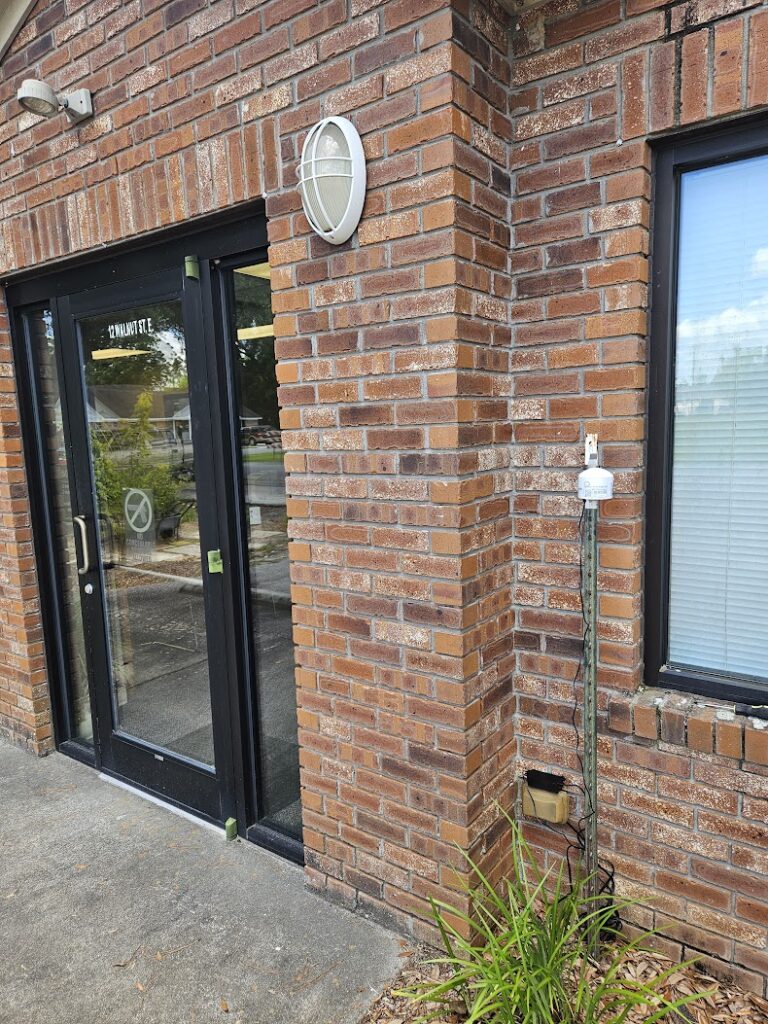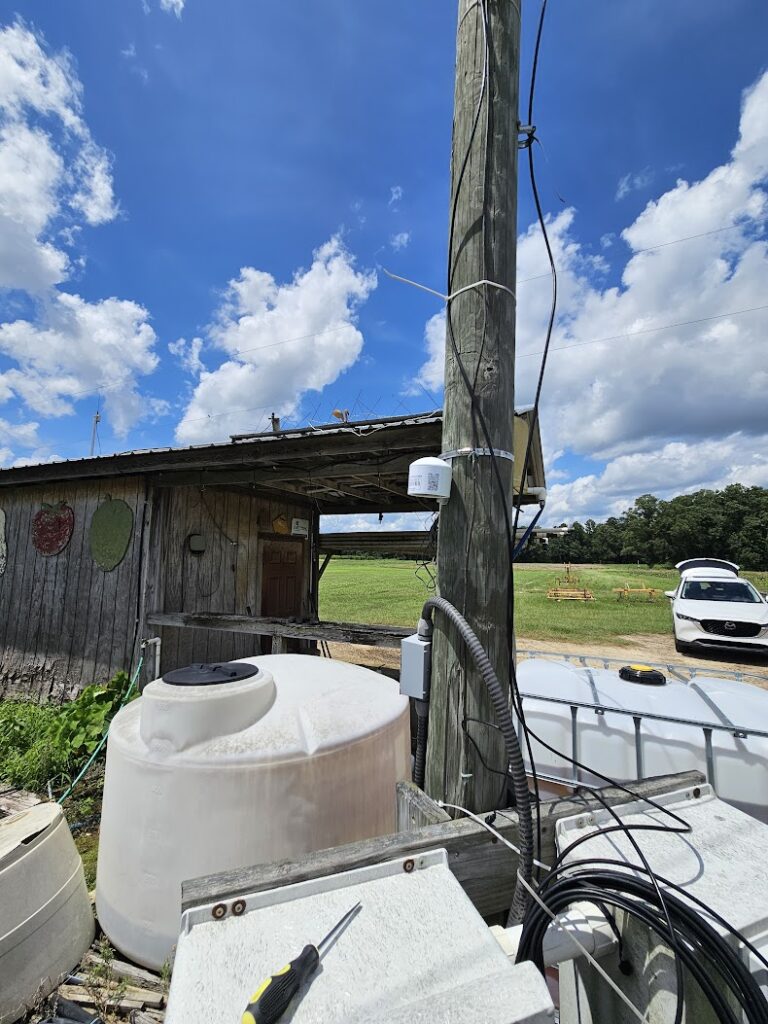
Clemson University researchers installed air quality sensors in five locations in the Savannah Valley District: Allendale, Blackville, Hampton, Orangeburg, and Walterboro. The information from these sensors are now available online – with updated air quality readings every two minutes.
The circles on the map are colored according to the current air quality (green = good, while red/purple = hazardous), and measure the current amount of particulate matter 2.5 (PM 2.5) in the air. PM 2.5 is a common form of air pollution that can be caused by wood burning, wildfires and prescribed burns, vehicle traffic, industrial pollution, and dust.
This information can be helpful for vulnerable human populations: particularly older residents, children, and people with respiratory conditions such as asthma. During times with hazardous air quality, those populations may choose to limit the amount of time spent outdoors.

Air quality data collected by the state uses sensors located in just 13 of the state’s 46 counties—mostly urban centers like Greenville-Spartanburg, Charleston, and Columbia. The PurpleAir sensors installed at Clemson Extension and Clemson Rural Health sites help fill in the gaps in rural air quality information.
If you have any questions or comments or interest in this research project, please contact Dr. Pierce Greenberg at pierceg@clemson.edu. The project was funded by an internal grant, CU SUCCEEDS Program 1, at Clemson University.
Here are the links for individual site sensors:
Allendale, Allendale County, Clemson Extension
Blackville, Barnwell County, Edisto Research and Education Center
Hampton, Hampton County, Clemson Extension
Orangeburg, Orangeburg County, Clemson Rural Health
Walterboro, Colleton County, Clemson Extension
Clemson University Cooperative Extension Service offers its programs to people of all ages, regardless of race, color, gender, religion, national origin, disability, political beliefs, sexual orientation, gender identity, marital or family status and is an equal opportunity employer.
